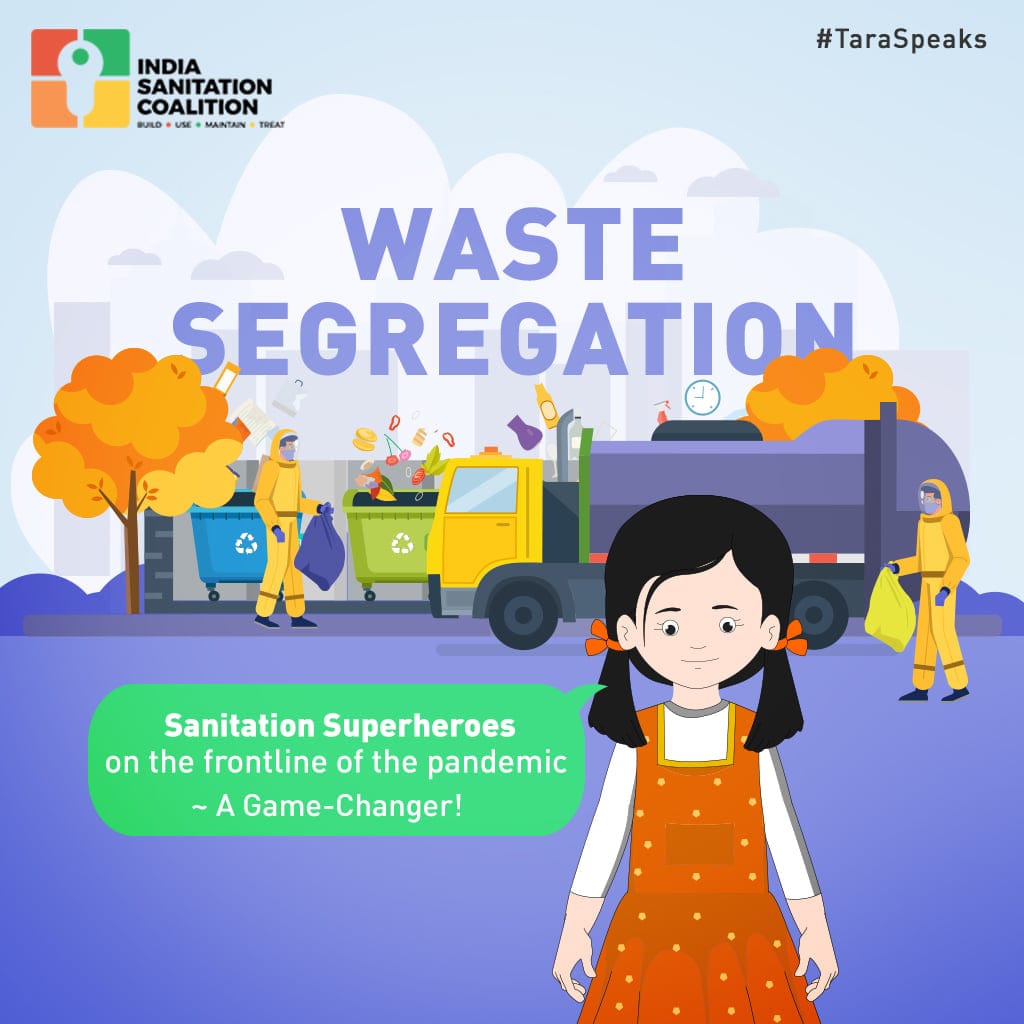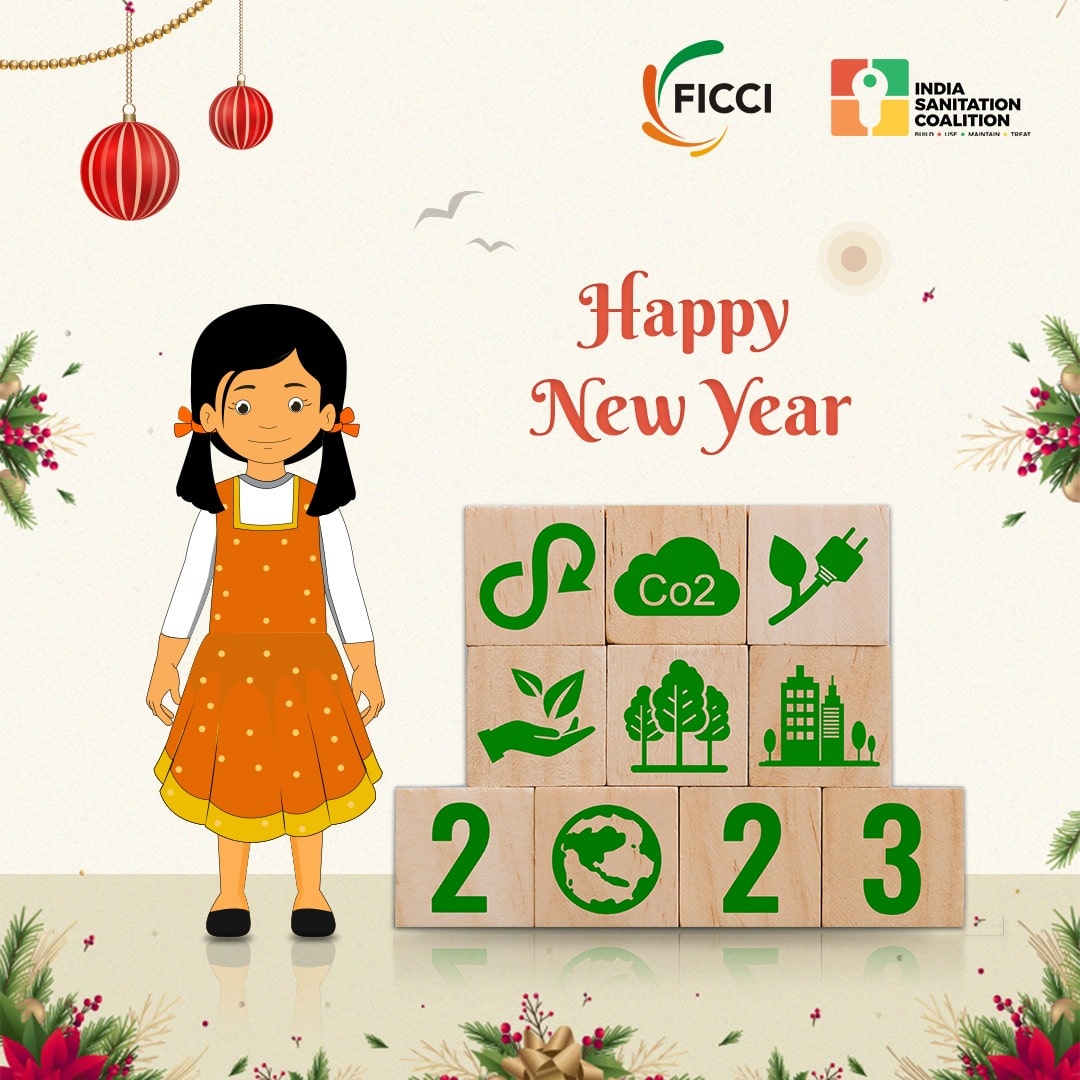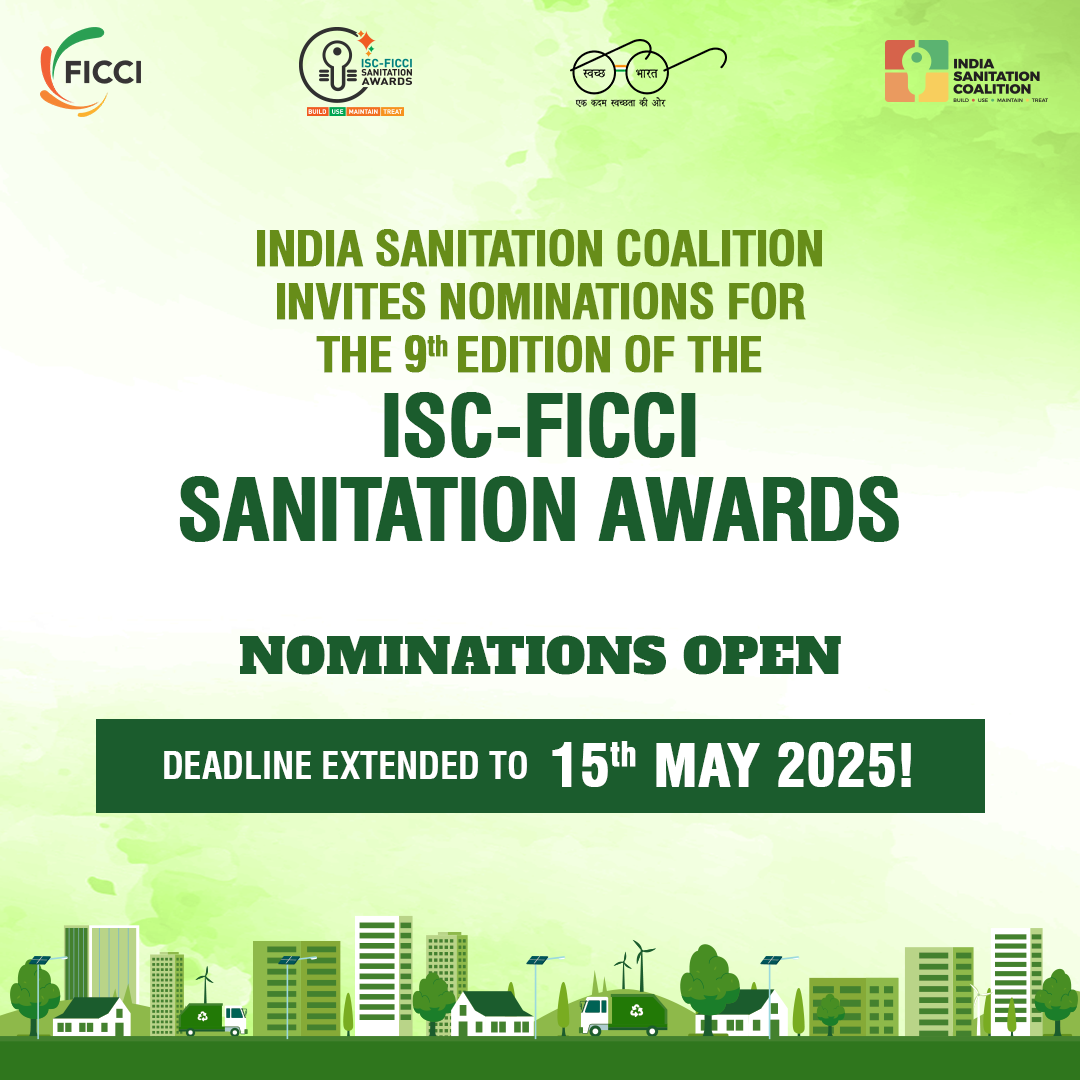About Tara
TARA, the 10-year-old brand ambassador of India Sanitation Coalition, is a young girl, passionate about promoting better sanitation and hygiene practices in India. She is the face of the India Sanitation Coalition and with her all-inclusive nature, represents both the traditional and modern aspects of India.
TARA embodies the values of leadership, social responsibility, and community engagement, making her a role model for youth everywhere. Her energy, enthusiasm, and dedication to the cause of WASH, have made her one of the mainstays of communication for the Coalition inspiring others to join in the effort to improve sanitation and hygiene across India.
TARA represents the hope of a clean and healthy environment for the future, where all citizens can benefit through practising safe and clean sanitation and hygiene practices. Her ability to inspire others and connect with people from all walks of life makes her an asset to the organisation and an emblem of hope for the future of the country. With her joyful spirit and unwavering commitment to the cause, TARA is set to make a sustainable impact on the world and serve as an inspiration for generations to come.

PHOTOS
VIDEO
Frequently Asked Questions
Ask us your queries
This lexicon is a set of key concepts and terms that are commonly used in urban sanitation sector. The document is meant for practitioners who work on urban sanitation on a day-to-day basis. One of the objectives behind this lexicon is to demystify key concepts for the practitioners and bring uniformity in usage within the sector.









